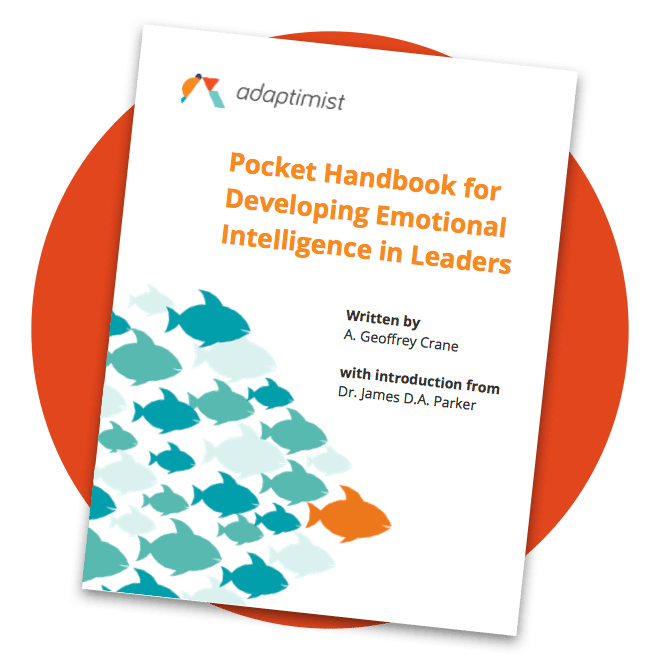Sooner or later, every project manager or business analyst must contend with a raft of stakeholders who don’t see eye to eye. Perhaps your steering committee has consensus on your project objectives but there’s still one really ornery but influential holdout. Maybe one stakeholder has a reputation for being difficult and you’re afraid to pitch a set of requirements because you think he or she will summarily reject them.
When this happens, you find yourself in the unlucky role of salesperson. You have an idea—yours or someone else’s—and you must not only pitch it, but get your stubborn stakeholder’s buy-in. And the clock is ticking.
Fortunately, psychologists, marketers and salespeople have had a model for dealing with this very problem for some time. The model’s underlying theory recognizes that people are much more likely to do something if they first have a plan to do it. While it’s true that we sometimes do things without thinking them through, most of us know that anything worth doing deserves a bit of forethought. There are, however, three important factors that influence our likelihood to make those plans, shown in the diagram below. If only two of these factors are present, that plan will become flimsy. If one or fewer of these factors are present, the plan will likely fall apart altogether.

This “theory of planned behaviour” (Ajzen, 1991) predicts how we approach most new ideas and what steps we might be inclined to take towards their adoption. If you want to crank up the likelihood that your stakeholder to adopt your idea, you need to directly address his or her values, social network and perceived sense of difficulty. Consider the following points when putting your pitch together.
1) “Do I think it’s okay?” This factor refers to the alignment that your idea has with your stakeholder’s values. A gap here and he or she will think you’re selling snake oil. Make sure that you present your idea in non-threatening terms, using examples that the stakeholder would already be familiar with. Deliver your ideas by leveraging the values you know your stakeholder already holds. Don’t know what those are? Find out!
2) “Would my friends approve?” If you want bonus points here, you could instead work with the question, “would my friends be jealous?” When we make plans, we usually wonder on some level how other people might view our decision. Find out who your stakeholder’s peers are. What would they want? Is there a way you could get access to speak with those people beforehand? Could you even plant seeds with them that might result in a behind-the-scenes conversation with your stakeholder that champions your idea before you even present it?
3) “Will this be easy for me?” Here you need to deliver your idea in terms that are super simple for your stakeholder to implement. Find out what the barriers your stakeholder might have to contend with and include plans in your presentation to knock them down like dominoes.
These steps might seem like a lot of work. They can, however, make the difference between a stubborn holdout and your most enthusiastic supporter. Why not give them a try!
Photo by Number Six (bill lapp) 



